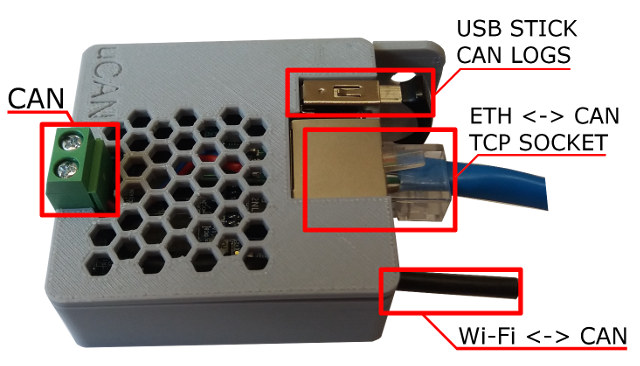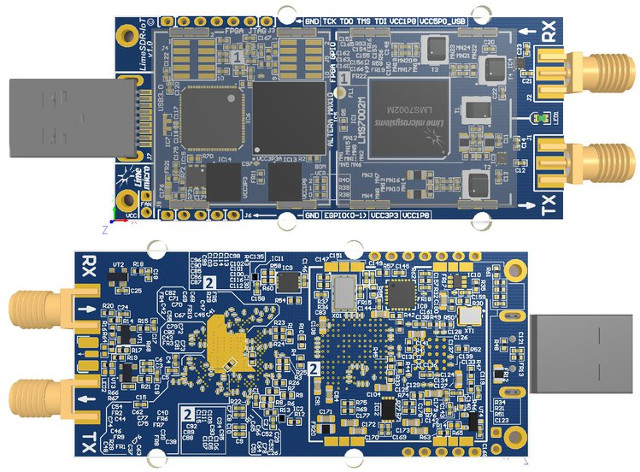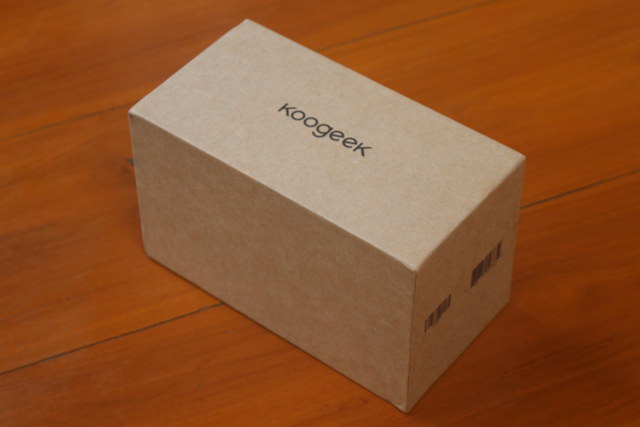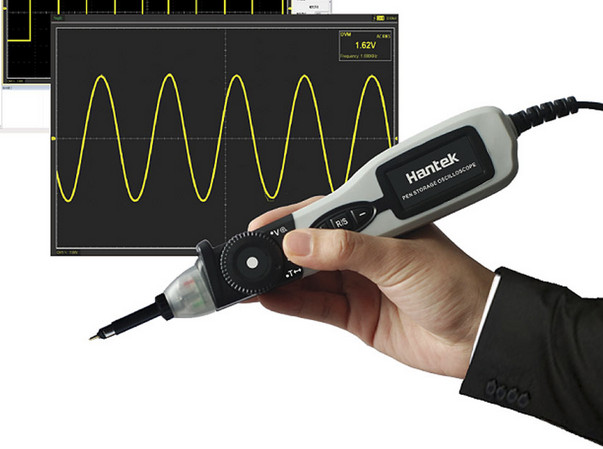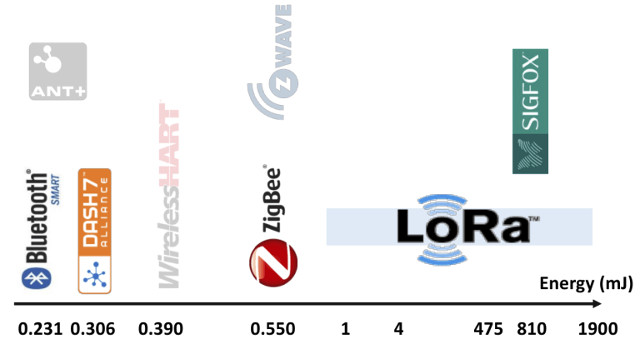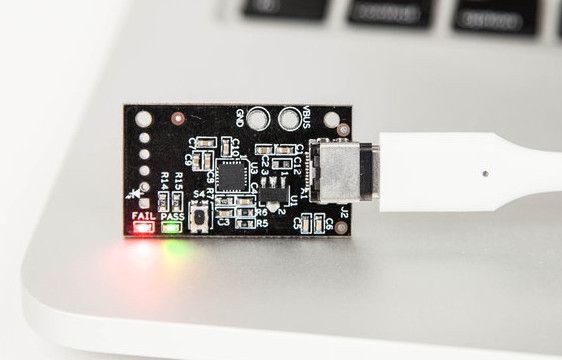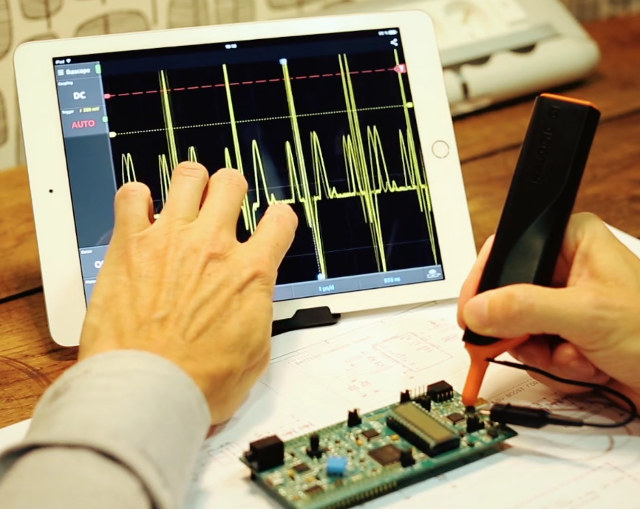The CAN bus is a serial communication protocol used in automotive and automation applications. The guys at ucandevices.pl have designed a solution around Orange Pi Zero board that allows you to log CAN bus data or act as a bridge between the CAN bus and Ethernet or WiFi. They call it “CAN Ethernet converter, CAN Logger, Linux CAN computer”. Sorry, no shorter name that I could find… uCAN (pronounced micro CAN) CAN Bus board specifications: Main Board – Orange Pi Zero with Allwinner H2+ quad core cortex-A7 processor, 256 MB RAM Network Connectivity – 10/100M Ethernet, 802.11 b/g/n WiFi Can Bus – 2-pin terminal block; support for CAN version 2.0 support Power Supply – DC 5V/2A via micro USB port Dimension – 50 x 50 x 20 mm The device comes pre-load with Debian distribution provided by Armbian plus various CAN tools. The getting started video below shows uCANTools web […]
Mictrack MT600 4G GPS Tracker Supports Traccar, OpenGTS, and Other GPS Tracking Platforms
Cellular GPS trackers have been around for a few years, but so far mostly 2G or 3G GPS trackers with products like Ping, Particle Asset tracker, and many other models selling on Aliexpress. 4G GPS tracker have been less common. However, recently we’ve seen platforms like Wio LTE and AutoPi that could handle GPS tracking over LTE connectivity, and another alternative would be Mictrack MT600 that ready-to-use solution to track your car or other vehicle with GPS and 4G. Mictrack MT600 hardware specifications: GNSS U-BLOX7 GPS Chip GPS sensitivity -162dBm Channel – 56 Positioning Accuracy – 10m Cold start: 30s; warm start: 15s; hot start: 1s SMA antenna connector Cellular Connectivity Qualcomm 4G LTE chip MT600-A model (North America): 4G FDD LTE: 700/850/1700/1900MHz 3G UMTS: 850/1700/1900MHz GSM: 850/1900MHz MT600-C model (Asia): 4G FDD LTE: 900/1800/2100MHz 4G TDD LTE: 1900/2300/2500/2600MHz 3G UMTS: 900/2100MHz GSM: 900/1800MHz MT600-E (Australia/Asia/Europe) 4G FDD LTE: 800/850/900/1800/2100/2600MHz 3G […]
LimeSDR Mini is a $135 Open Source Hardware, Full Duplex USB SDR Board (Crowdfunding)
LimeSDR open source hardware software defined radio was launched last year with the promise of integration with Ubuntu Snap Store allowing to easily download and install various radio implementations such as LTE, WiFi, Bluetooth, LoRa, etc… It was offered for $200 and up as part of a crowdfunding campaign, but Lime Microsystems is back on CrowdSupply with a cheaper and low end version aptly called LimeSDR Mini.LimeSDR mini specifications: FPGA – Intel Altera Max 10 (10M16SAU169C8G) with 16K Logic gates, 549 KB M9K memory, 2,368 KB user flash memory Storage – 4 MB flash memory for data; 2x128KB EEPROM for RF transceiver MCU firmware and data RF Lime Microsystems LMS7002M RF transceiver Tx & Rx SMA connectors Frequency range – 10 MHz to 3.5 GHz RF bandwidth – 30.72 Mhz Sample Rate – 30.72 MSps with 12-bit sample depth Power Output (CW): up to 10 dBm USB – 1x USB […]
Review of Koogeek BP2 Bluetooth Blood Pressure Monitor
Koogeek BP2 is an FDA approved smart blood pressure monitor that connects over Bluetooth to your Android or iOS smartphone, or WiFi to the cloud. The company sent me a sample for evaluation, so let’s get started right away. Koogeek BP2 Unboxing The device is sent in a cardboard package with Koogeek brand… and some more derails about the specifications on the bottom of the package. I asked the company to confirm about FDA approval, and they told me to look for K134029 on the FDA website, which lead me to this document testing Shenzhen Belter Health Management and Analysis ePA-46B, and comparing it to the results of Omron HEM-7200-Z (BP742) with the conclusion being that: The Belter Blood pressure meter (ePA-46B) is substantially equivalent to the predicate devices. Koogeek BP2 is the same as Belter ePA-46B, but just rebranded, and with a different mobile app. In the package will find […]
Hantek PSO2020 is a $53 USB Oscilloscope Pen
I previously covered IkaScope & Aeroscope oscilloscope probes that are both portable and connect wirelessly to your mobile device or computer over respectively WiFi or Bluetooth. The former has slightly better specifications and sells for 300 Euros, while the latter goes for $200 US with 20 MHz bandwidth and 100 MSps capabilities. Several people mentioned it was more expensive than they were prepare to pay, but I’ve been informed about another portable solution: Hantek PSO2020 oscilloscope pen with about the same key specifications as Aeroscope 100A, except it relies on a USB port instead of a wireless connection. This also means it does not need a battery, and sells for much less at $53.20 including shipping. Hantek PSO2020 specifications: Analog Bandwidth – 20 MHz Sample Rate – 96 MSps Host Interface – USB 2.0 port Input Range – +/-50 V range Input Sensitivity – 20mV/div to 50V/div Offset Range – […]
WizziKit is a DASH7, LoRa and Sigfox Wireless Sensor & Actuator Network Kit
Over the last few years, I’ve written several article about LoRaWAN, Cellular IoT, and Sigfox based long range low power IoT solutions. DASH7 is another LPWAN (Low Power Wide Area Network) standard that operates on the same 868 and 915 MHz ISM bands as LoRa and Sigfox, but has much lower power consumption, and the cost of a shorter range up to 500 meters, instead of the 5+km associated with LoRa or SigFox. The DASH7 Alliance Protocol (D7A) is an Open Standard, and if you want more details you can download version 1.1 of the specifications on DASH7 Alliance website. I’m writing about DASH7 today thanks to an article on ST blog about Wizzilab’s Wizzikit, an evaluation kit and framework for DASH7 with a gateway, and several nodes that can also optionally support LoRaWAN and Sigfox protocols. The kit is comprised of the following items: WizziGate GW2120 Ethernet/Wifi/Dash7 gateway – based […]
USBCEE Tiny-PAT Board Helps Testing USB-C Power Adapters (Crowdfunding)
USB power delivery allows for up to 100W charging using 20V @ 5A through a USB type C port, and the specifications also mandate supports for various voltages between 5V and 20V. However, some USB-C power adapter that not be fully compliant with the specifications, potentially risking to damage your device. USBCEE Tiny-PAT board has been created in order to test such power adapters to make sure they are compliant with USB PD 2.0/3.0 specifications. Tiny-PAT board features and specifications: Supported USB Spec Version – PD 2.0 / PD 3.0 Max Voltage: 24 V Max Current: 5 A Max Power: 100 W USB type C receptacle Misc – Fail and Pass LEDS, S4 mode button, through holes for VBUS & GND Power Consumption: ~10 mA (may vary based on voltage) Dimensions – 35 x 20 mm By default, the board will test all power rules advertised by the power adapter, […]
IkaScope WiFi Oscilloscope Probe Works with Windows, Linux, Mac OS X, Android and iOS
Last year, I wrote about Aeroscope, a portable Bluetooth oscilloscope that looks somewhat like a Stabilo Boss highlighter pen, and sends measurements over the air directly to your Android and iOS tablet or smartphone. It was introduced through a crowdfunding campaign which eventually failed, but Aeroscope can now be purchased for $199 on Amazon US or their own website. If you’d prefer WiFi over Bluetooth, and would like something that also works on Windows, Linux, and/or Mac OS X, IKALOGIC has just launched IkaScope WiFi oscilloscope probe compatible with all popular mobile and desktop operating systems. IkaScope WS200 specifications: Analog Bandwidth – 30 MHz @ -3dB Sample Rate – 200 MSps Connectivity – 802.11 b/g/n/e/i WiFi @ 2.4 GHz configurable as access point or station Input Range – +/-40 V range CAT1 Offset Range – +/- 20V to +/- 40V offset Input Impedance – 10MΩ || 14pF Input Contact – […]


